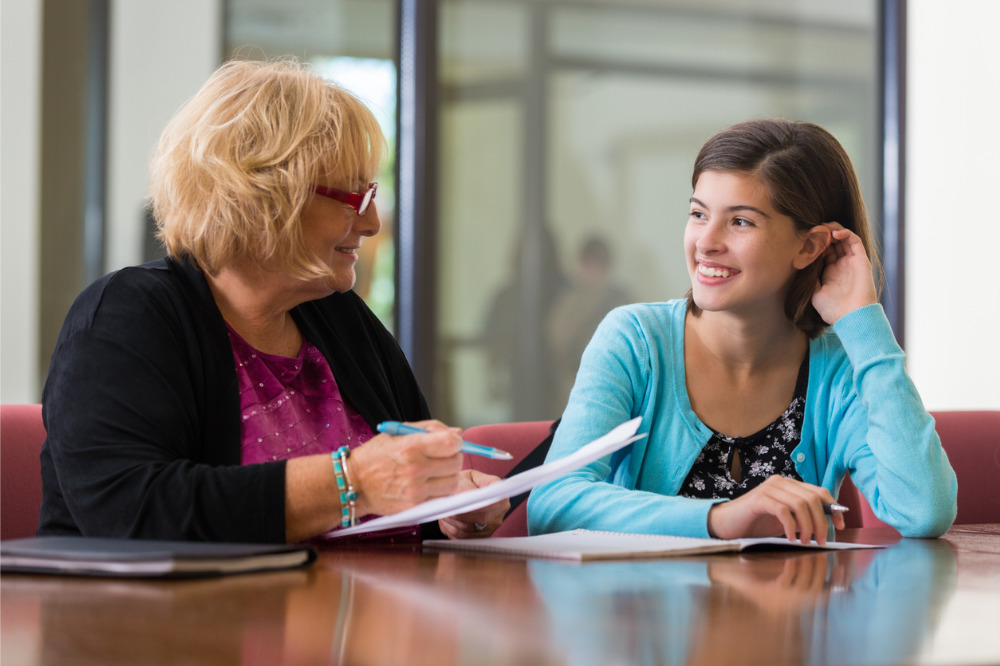
In recent years, student disengagement has been a growing challenge for schools. One factor that has exacerbated this issue is the Covid-19 pandemic, which led to a sharp rise in feelings of loneliness, anxiety and depression among young people.
One study involving more than 1,000 Year 11 students from 39 schools across Eastern Australia last year by the University of Melbourne found that pessimism and uncertainty define what it means to be young in the 2020s, with 44% of females and 29% of males reported feeling ‘unhealthy’ or ‘very unhealthy’ when it comes to their mental health.
A central theme identified in multiple surveys of young Australians is that of lacking a sense of belonging at school – an issue that can affect a young person’s mental health as much as their learning. Indeed, a growing body of evidence suggests that students who feel a strong sense of belonging not only have better mental health outcomes but also perform better academically.
Recognising this, many principals are now focusing on creating learning environments that help students feel seen, heard, and empowered. Yet, achieving this at a time of worsening staff shortages, burgeoning workloads and youth mental health issues might seem a distant prospect for many.
Foster a stronger sense of belonging
Drawing from her extensive experience as a youth mental health expert and senior psychologist at ReachOut, Linda Williams says there are some highly effective some evidence-based strategies that have been shown to work wonders.
“Feeling left out and isolated can have significant impacts on a young person's mental health and wellbeing and make school life challenging. However, there are ways that educators can foster a sense of belonging and encourage their students to connect,” Williams told The Educator.
“Schools can promote avenues for students to form positive friendships and social connections at school.”
Williams said this might be achieved through hosting in-class group activities to encourage collaboration, or facilitating in-class conversations that help students to get to know each other.
“Implementing strategies to help a young person feel a sense of belonging and connectedness can help foster greater wellbeing during schooling years and beyond. Feeling as though we belong is critical to our mental health and wellbeing and can help us lead a happy and more fulfilled life. There’s also evidence that better wellbeing leads to better academic outcomes.”
Empower students to be their best
Williams said empowering students and nurturing their sense of self-belief is critical in fostering a positive outlook that helps them to achieve their goals.
“In a practical sense, ensuring that students are setting realistic, achievable and measurable goals is a great way to promote self-efficacy,” she said.
“Students should be encouraged to set smaller sub-goals to increase motivation and help them to feel like the task at hand is achievable. When students achieve a goal they have set, this experience of success can really boost their confidence.”
Proactively practising positive self-talk (and avoiding negative self-talk) is an important tool for building self-esteem and confidence, said Williams.
“Self-talk, which involves internal reflections on one's abilities and image, can have significant influence on perceptions of personal ability. Educators can help by teaching students about self-talk and by modelling positive self-talk,” she said.
“Improving problem solving and social skills, and helping students identify their own strengths will also contribute positively to students' sense of empowerment and confidence.”
Promote greater connectedness
To promote and develop better relationships between staff and students, ReachOut developed the Student Snapshot tool – an 8-minute self-assessment and survey that includes resources for teachers to identify mental health challenges faced by students and help teachers to build and deepen relationships with those students.
Last year, more than 11,300 students completed the survey – a result Williams said speaks to its continued success.
“ReachOut’s classroom resources are also designed to promote connectedness among students. Our resources on forming friendships, developing respectful relationships and helping students to transition to secondary school are particularly helpful at encouraging connection,” she noted.
“Our resources have been designed in collaboration with education and mental health experts and are intended to extend the impact of existing wellbeing programs at schools, so teachers can incorporate them into their existing curriculums. The lesson guides can be accessed online and are designed to be printed out and completed in-class.”


